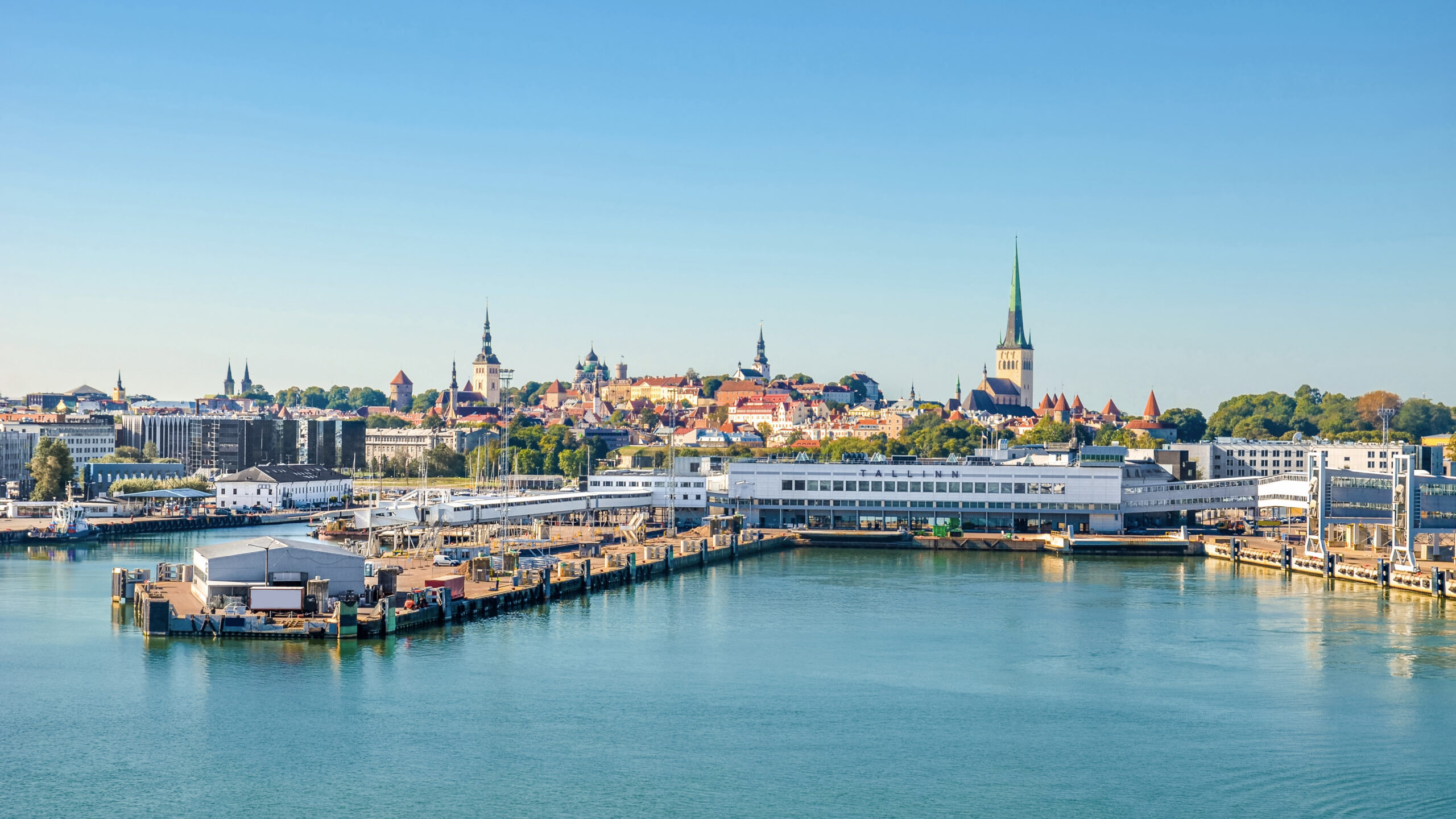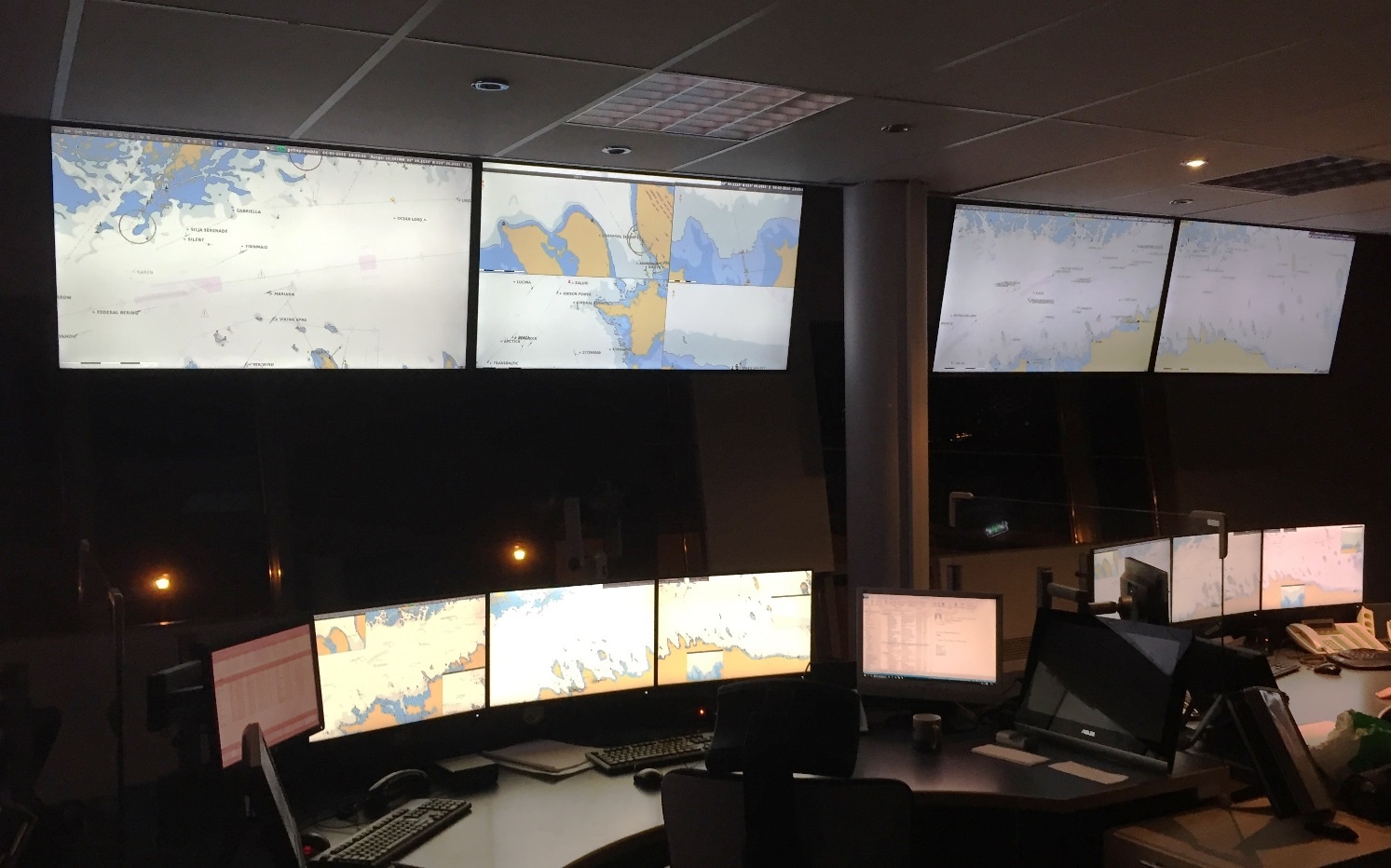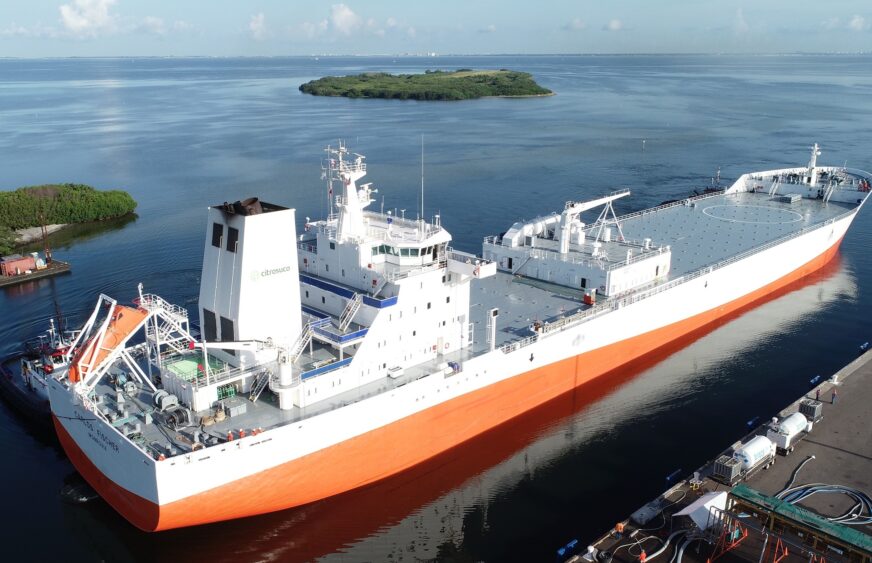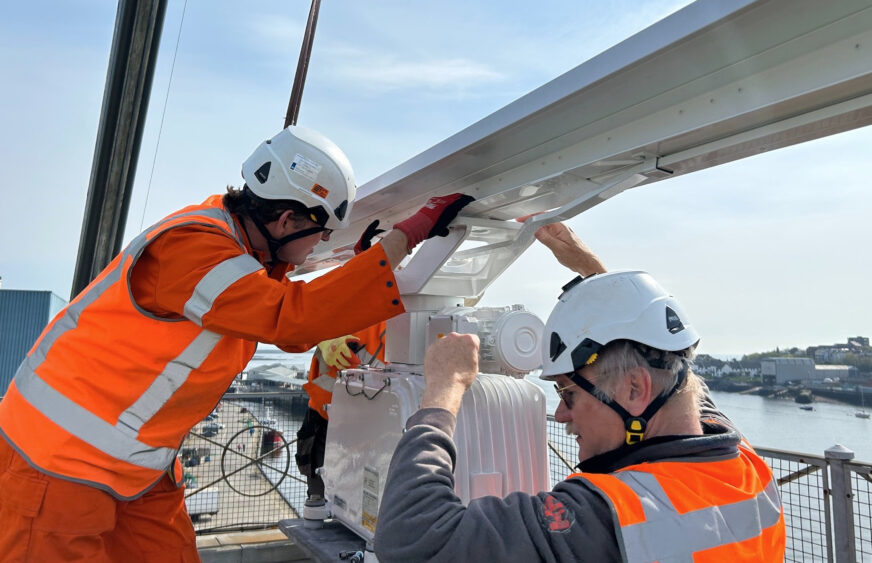Tallinn Vessel Traffic Services system upgrade now live
Note: this is a news item from before our spinoff from Saab

At the end of November, the Estonian Transport Administration (Transpordiamet) signed off on the Site Acceptance Test (SAT) for the upgrade of the Vessel Traffic Services (VTS) system delivered by Saab. The upgrade contains a number of new features, the most notable being the Sea Traffic Management (STM) module that allows end-to-end planning of vessel voyages. STM is important because it is designed to reduce accidents by 50%, voyage costs by 10%, and fuel consumption by 7% in 2030 compared to 2015. The Estonian Transport Administration has long been a customer of Saab, with the first order placed almost two decades ago.
Other new features are improved traffic display software for the working positions, new route management functionality, integration of AIS route exchange, and some technical improvements such as further virtualisation of the software.
Challenging environment
Of all the ports listed in the World Port Index, Tallinn is among the 4.4% classified as a large port. However, size itself does not tell the full story. The port handles a wide range of traffic, varying from fast ferries frequently going up and down to Sweden, Finland, and Russia, to recreational sailors in rowing boats. Add to that the cargo and tankers in Muuga port on the other side of the Viimsi peninsula, and things can get quite busy for the VTS operators.
In addition to the traffic, there is quite a variation in seasons, with winter ice a regular feature. This affects radar performance, to which the VTS system automatically adapts. Tides are fortunately quite moderate with often only a metre of difference between high and low tide. This is fortunate, because not only do large tidal differences often lead to strong currents; they also affect the dynamic position of the shoreline and the locations where it is safe to navigate.

Sea Traffic Management becomes operational
One of the main functions of STM is to make it possible for a ship to share its intentions of movement, making the shore side a more proactive stakeholder which can issue warnings and suggest actions to ships long before they end up in dangerous – or inefficient – situations. An essential part of this is the ability to share route information through the Automatic Identification System (AIS). All ships over 300 gross tonnes and passenger ships are required to have an AIS transponder onboard.
The next generation of AIS, which is called the VHF Data Exchange System (VDES) will allow the exchange of even more detailed information.
With this upgrade, the Tallinn VTS is fully prepared for the future.

Related News
More information on this topic




